Roof Inspection Decoded: Safeguarding Your Home Against the Elements
April , 2024 | 8 min. read
By David Toth
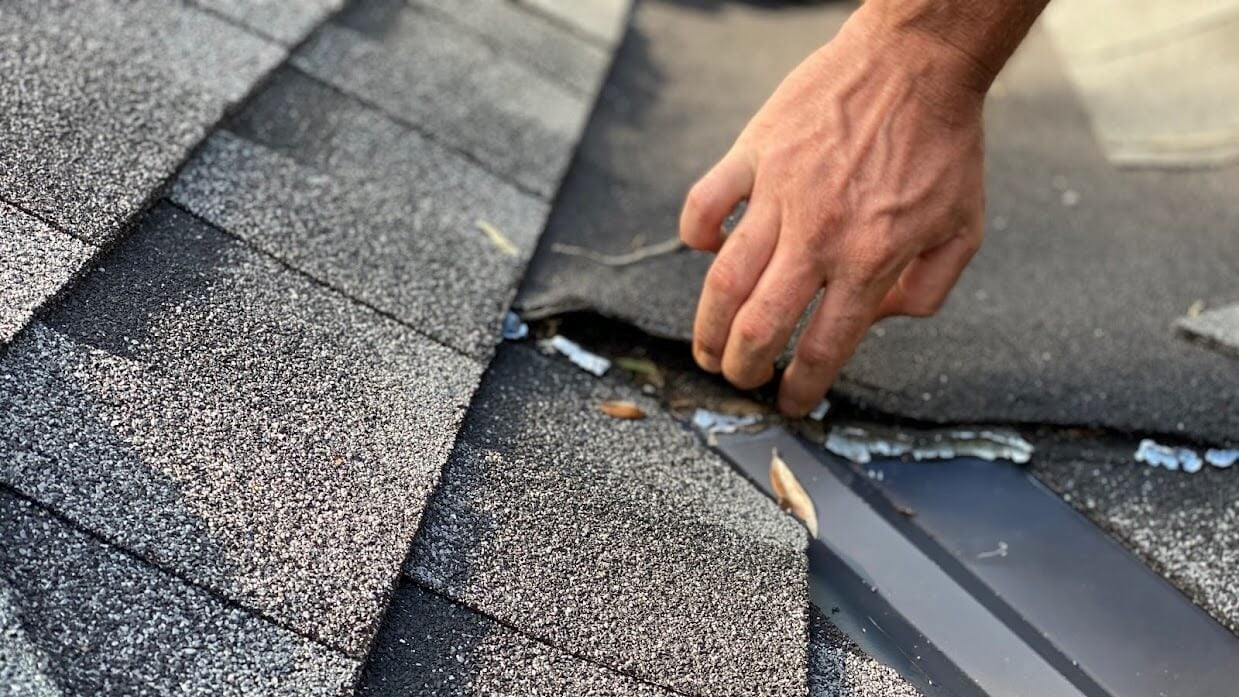
Be it a hurricane or a hail storm, your roof is the first line of defense against extreme weather conditions. Normal wear and tear as a result of aging occurs on all roofs, but minor problems stemming from neglect or weather damage can result in costly roof repairs, and in some cases, it can even lead to premature failure of your roofing system.
For all the above reasons and more, a roofing inspection is critical to your preventative roofing maintenance. Regular roof inspections and maintenance will not only help detect minor problems before they turn into expensive roof repairs but will also prolong the useful life of your roofing system. Thus, with regular inspections, you can rest assured that both your valuable investment and structural integrity are well protected.
Our family at Roofcrafters Roofing has been helping homeowners not only by providing preventive maintenance but also by educating our clients on all things roofing-related including providing ways to help prolong the life of their roofs. That being said, we're glad you're here, so tag along with us as we cover everything you need to know about preventative roofing maintenance along with a complete roof inspection checklist to look out for all potential roofing troubles. Let's get started!
Understanding Roof Inspections: The Why and How
A roof inspection is a thorough evaluation of your roof to determine if it needs repairing or roof replacement. A professional roof inspector can help you find out about the structural integrity and provide you an estimate of the lifespan remaining on your roof.
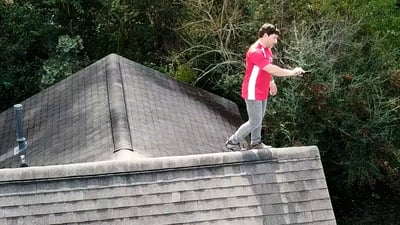
Expansion and contraction, which is caused by thermal movement, hot and then cold is one of the number one culprits of roof failure. So, many property owners get their roofs inspected just before the colder and wetter months of the year to ensure that their roofs can withstand harsh weather conditions. Also, the timing of roof projects usually depends on the weather conditions in your area.
The Inspection Process: A Roof's Wellness Check
Embark on the vital journey of a professional roof inspection. It is a thorough check for your roof's health. This key evaluation is your first line of defense. It gives a clear assessment of structure and a roadmap to extend your roof's life. It's not only about spotting trouble today. It's about stopping small whispers before they become shouts.
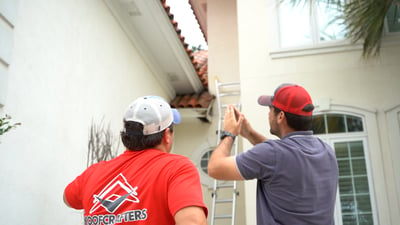
Whether you need a professional roof evaluation for a new house or a lifespan estimation for one that maybe older than you are, it's important you get a structural integrity assessment. Inspecting the attic and looking for signs of mold can save you worries. Checking the condition of the insulation is ventilation is highly recommended.
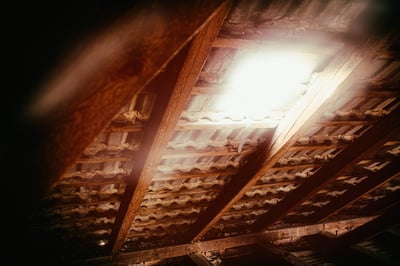
Moreover, it is also good to get a professional roofer for inspection to avoid costly roof repairs and replacements down the road. A reliable and affordable roofing company, like RoofCrafters, can help you detect any issues and recommend the best solutions.
The Essential Roof Inspection Checklist: Your Blueprint to Roof Health
Armed with a detailed inspection checklist, you must navigate the nuances of your roof. It guides you from the obvious signs of aging to the subtle hints of future issues. It helps you detect damage early. Learn to spot silent saboteurs. They are cracks, water ponding, and rusted nails. If left unchecked, they can erode your roof's defenses. It's not only an inspection. It's an investment in keeping your roof healthy.
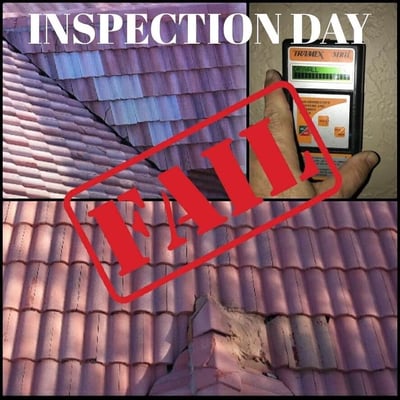
A typical roof inspection checklist includes the evaluation of the following:
- Cracks or tears
- Slow draining or ponding water
- Rusted or loose nails
- Flashing details
- Mold growth
- Clogged gutters
Crack or Tears in in Materials
At the beginning of a roof inspection, start by making notes of any cracking, tears or holes, abrasions, or gaps in the roofing material. If your roof has expansion joints, inspect them carefully to detect any cuts, gaps, and tears.
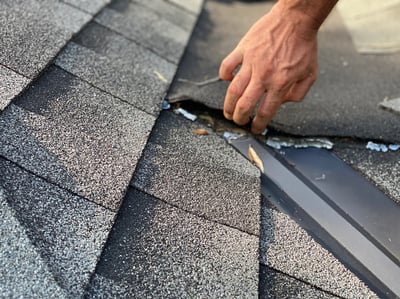
Similarly, if your rooftop has flashings, make sure to inspect them too. Inspect if the flashings are pulling away from the roof or leaving any gaps. This aspect of roof inspection, in particular, can help you determine if the roof is leaking or if there is severe damage to the roof membrane.
Ponding Water
Professional roof inspectors also look for slow-draining lines and blocked areas to check for any signs of ponding water. An obvious sign of water ponding is the change in color or spot staining on your roof around drains if water has sat for a considerable period.
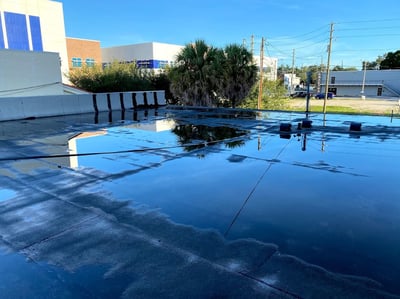
If you have detected ponding water on your own, a professional roofer can help determine if the standing water on your roof has caused any underlying damage to the structure. They'll also create a solution to get the water to drain properly.
Old Rusted or Loose Nails Backing Out
Old rusted, brittle, missing, or loose nails in your roof are a warning sign that the shingles or tiles might come loose soon. This loose debris be dangerous as it can hit people, but it can also lead to serious roof leaks. Such roofing problems should be addressed immediately to prevent further damage to the structure and avoid expensive roof repairs.

However, loose or deteriorated nails are not always easy to find on your own. In most cases, you need a skilled roofing expert to do a close-up inspection. Your roofing expert will then recommend options to prevent further damages or unforeseen accidents from happening in the future.
Flashing Details
Flashing details are yet another critical aspect of preventive roofing maintenance that needs inspection. You have to ensure that all of the metal materials are secured down tightly and terminated to prevent roof leaks.
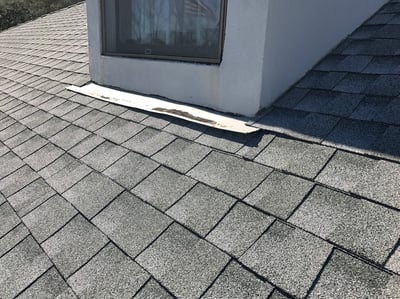
If you notice otherwise, you may want to call a professional to properly secure anything coming loose. This will close the cracks that might lead to roof leaks. If the flashing is rusting, it may need to be replaced.
Mold or Fungus Growth
During a roof inspection, you also have to ensure that your roof has proper ventilation. The eaves must not be blocked up with insulation or other stored items as they can cause condensation. A loss of ventilation and condensation can lead to fungus growth and cause moisture buildup in your ceilings.
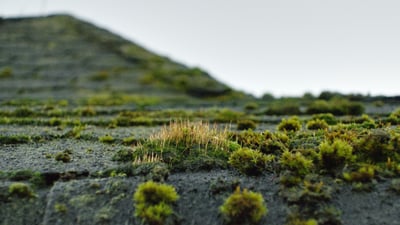
Over time, moisture and poor or no ventilation can cause wet rot decay to hidden parts of the roof timber at lower levels. This can allow for mold to grow and cause the materials to decay!
Gutters
The last step in your roof inspection will be about checking the condition of your gutters. While you can do it on your own, if you find it daunting and are scared of heights, you can call in a roof inspector to help.
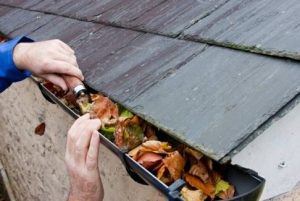
The inspector will assess the roof for problems like improper installation, debris buildup, or warped material. Furthermore, make sure to also check for missing sealant, leaks, or holes by paying close attention to hangers, aprons, pitch, and any other signs of sagging.
Why Professional Inspections Matter: The Expert Advantage
In the world of roofing, the expert eye of a professional inspector is invaluable. Beyond the DIY surface checks lies a realm where hidden problems lurk. They need an in-depth analysis only a seasoned professional can provide. Roofing contractors are great at the tricky task of finding unseen damage. They also excel at precision in crafting tailored solutions. Their expertise is your surest path to enduring roof health.
Your Next Steps: Embracing Proactive Roof Care
Roof inspections are a great way to detect any potential damages before they can turn into hefty roof repairs or interior damages. There are two ways to go about it; DIY inspections and professional roof inspections.
If you have to look out for the normal wear and tear caused by aging and the changes in seasons, you can perform your own routine inspections. However, for a more in-depth inspection of your roof for hidden problems, hiring a professional roofing contractor will be a sound idea. Check out our article, "Should You Fix Your Own Roof" to determine the best time to call a professional.
Schedule your roof inspection with our family at RoofCrafters and let us offer you affordable roofing for all your needs. With over 30 years of experience using high-quality materials, we can help you prevent expensive roof repairs as your roof continues to protect you through all seasons.
My name is David Toth and I am the lead estimator in North Florida with RoofCrafters Roofing. Originally from New Brunswick, I have called Florida home for the past 47 years. I enjoy cooking along with traveling to different historical areas in Florida when I have free time.



